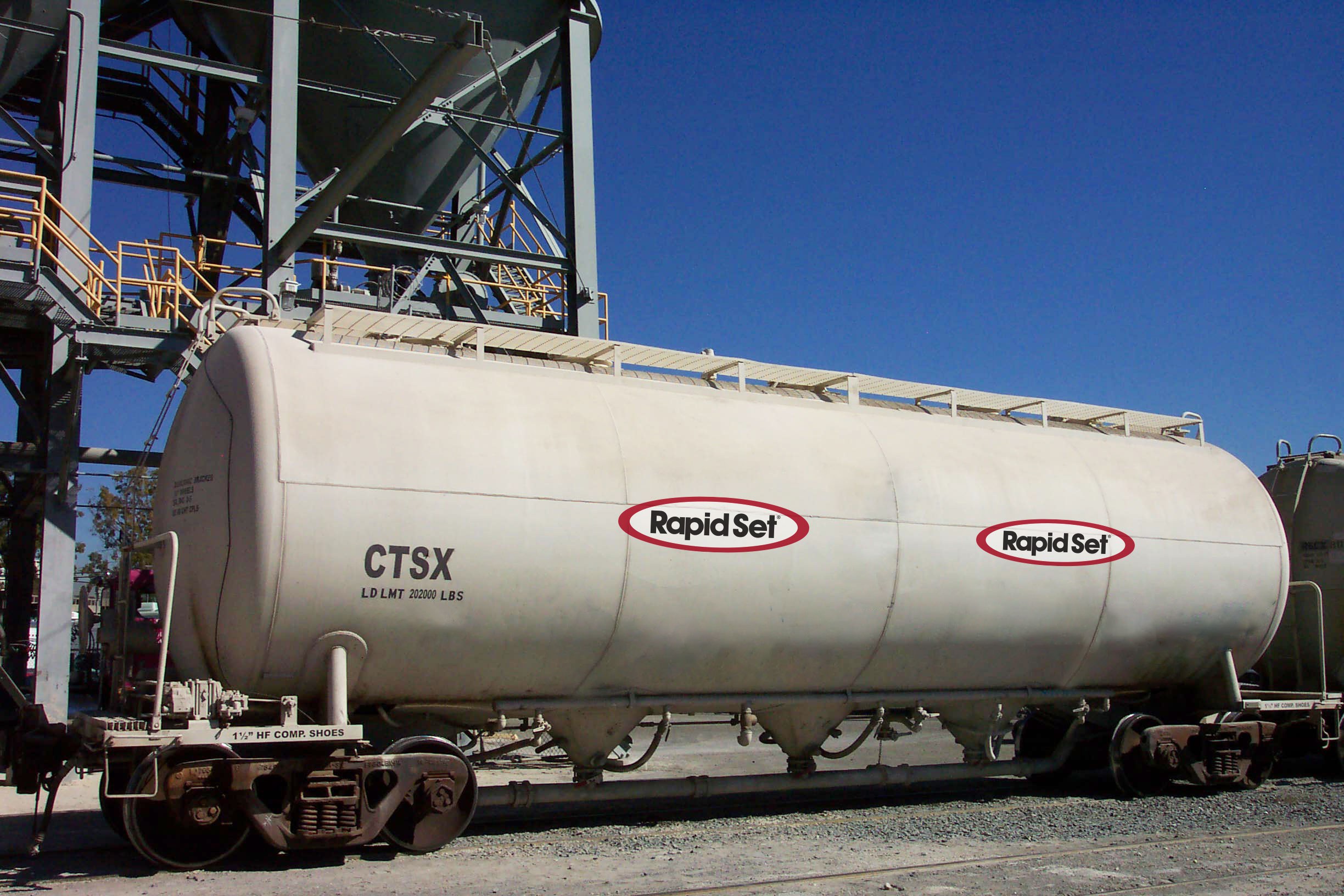
If you are new to this topic, it may be easy to feel overwhelmed by the jargon. As CTS Cement’s sustainability lead, I am often asked to explain the difference between a life cycle assessment (LCA) and a Type III environmental product declaration (EPD). If you are a project owner or engineer looking to incorporate lower-carbon materials, what documentation should you request?
Process vs. Results
An LCA is the process of gathering data about a product’s environmental impacts. The assessment process is time-consuming and expensive, but worth the investment because the results assure customers the data reported in the EPD is trustworthy. An EPD is a standardized way to report that data, which it does via values for inventory metrics like water depletion potential (WDP) and impact metrics such as global warming potential (GWP).
Both the LCA and EPD follow International Organization for Standardization (ISO) protocols. LCA follows ISO 14040 and ISO 14044; EPD follows ISO 14025. Both are conducted under the auspices of an ISO-approved program operator such as ASTM International, NSF, and UL Solutions. A Type III EPD requires the manufacturer to conduct an LCA and independently verify the results.
Manufacturers give the EPD to customers seeking U.S. Green Building Council (USGBC) Leadership in Energy and Environmental Design (LEED) certification, approvals in a specification or building code, or to another manufacturer who needs the information to develop another EPD – as in cement as a raw material for concrete.
Public vs. Private
An LCA may gather proprietary data, so manufacturers typically will not share it outside the organization. An EPD, however, is meant to be shared. There are industry-average EPDs as well as product-specific EPDs. The Portland Cement Association, for example, developed an industry-average EPD to provide an average footprint for its members’ product: portland cement. We have published a Type III EPD for our bulk cements that is product-specific. Rapid Set® Cement’s GWP of 674 kg of CO2-equivalent per metric ton is 27% lower than the industry-average EPD for portland cements.
Also, an EPD provides for two types of independent verification. It can be internally verified by someone within the manufacturer’s organization who is certified to verify the data. Specifications in our industry usually require an externally verified EPD. Our EPDs are externally verified.
CTS Cement Manufacturing is committed to transparency. Our 21-page EPD details our processes that contribute to our product's impact. Additionally, we provide a two-page summary called a transparency brief. It contains all the environmental inventory and impact metrics that are required by LEED and pertinent to other green building codes or rating systems. This document instead of the Type III EPD may be accepted for LEED jobs or other submittals.
All of this is just an introduction. Next time, I will explain how the GWP of cement plays a significant role in the GWP of concrete and take a closer look at the U.S. General Services Administration’s (GSA’s) table defining low-embodied-carbon concrete.